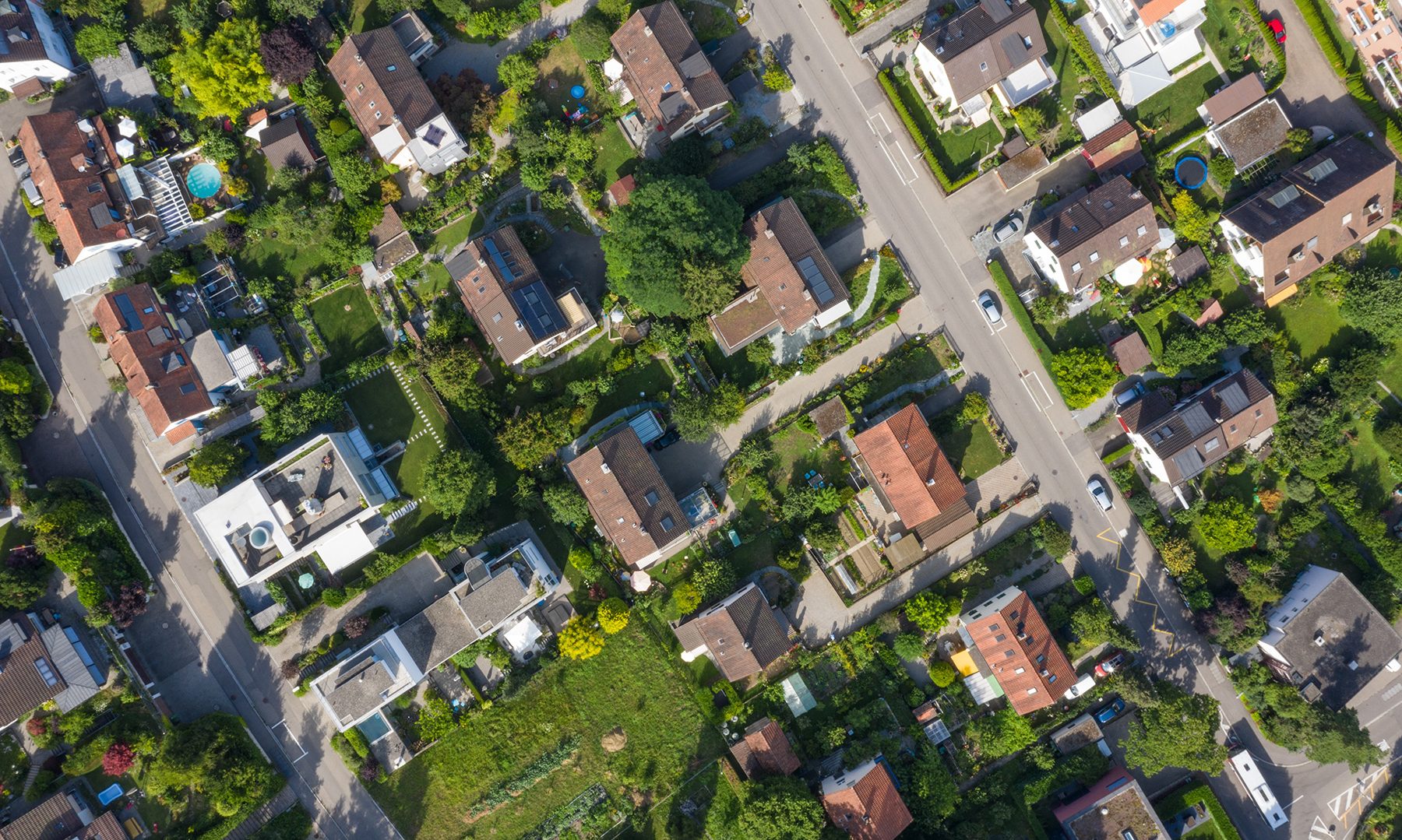Spring brings warmer temperatures, budding trees… and rain. Lots of it. While the rainy season helps the flowers bloom, it can also bring something invisible and dangerous into your home: higher radon levels.
Most homeowners don’t realize that radon levels can fluctuate with seasonal weather, especially in the spring. If your home is in an area with heavy rainfall or shifting ground conditions, you could be at greater risk for radon exposure this time of year.
Here’s how spring weather impacts indoor air quality—and what you can do to protect your home.
🌧️ Why Radon Levels Rise in the Rainy Season
Radon is a radioactive gas that forms underground from the breakdown of uranium in soil. It seeps into homes through cracks in foundations, basements, sump pits, and crawl spaces.
So what does spring rain have to do with it?
1. Saturated Soil = Trapped Gas
After heavy rains, the soil around your home becomes more compact and waterlogged, trapping gases like radon beneath the surface. This increases soil pressure, forcing radon to look for a way out—and your home becomes the easiest exit.
2. Hydrostatic Pressure on Foundations
When rainwater builds up in the soil, it creates extra pressure against your foundation. This pressure can push radon through even the tiniest cracks or gaps.
3. Ventilation Changes in Spring
As weather shifts in spring, you may open windows less (especially during storms or allergy season), which limits natural air exchange. This makes it easier for radon to accumulate indoors, especially in basements and lower levels.
4. Ground Movement
Thawing, erosion, and saturation can cause soil shifting, opening up new radon pathways into your home—even if you’ve tested before.
💨 How Rising Radon Affects Indoor Air Quality
Radon is colorless and odorless, but it’s not harmless. Long-term exposure to high levels of radon can lead to lung cancer. According to the EPA radon is the #1 cause of lung cancer among non-smokers and is responsible for 21,000 deaths each year.
Spring is a time when many people start spring cleaning and thinking about air quality, especially for allergies. But don’t stop at surface dust—radon is a deeper air quality threat you can’t ignore.
🧪 What You Can Do This Spring
✅ 1. Test Your Home
If you haven’t tested in the past two years—or ever—now is the perfect time. Testing is quick, affordable, and gives you peace of mind.
Even if you have a passive radon system in place, spring is a good time to recheck your levels.
✅ 2. Seal Entry Points
While sealing cracks and gaps isn’t a full solution, it can help minimize radon entry when paired with a mitigation system.
✅ 3. Upgrade to an Active Mitigation System
If your radon test shows levels at or above 4.0 pCi/L, the EPA recommends mitigation. An active system with a venting fan can reduce radon levels by up to 99%, keeping your indoor air cleaner year-round—especially during the rainy season.
🏠 Protect Your Home, No Matter the Weather
Spring showers shouldn’t come with hidden health risks. If your home hasn’t been tested for radon—or if you haven’t checked in a while—make radon testing part of your spring home maintenance routine.
📞 Need help with testing or mitigation?
SWAT Environmental can assist with all your radon testing and radon mitigation needs. Our certified technicians and expert teams are ready to assist and help you breathe easier. Contact us today to learn more and even schedule an appointment.

